Companion animal veterinarians - PetPlan insurance policies
We’ve had several queries from members about the PetPlan insurance policy process. So, we asked PetPlan for clarification about what they require.
We’ve made several attempts to confirm with PetPlan the below process to follow is correct. We’ve not yet received final confirmation from PetPlan. However, we want to let you know what we have learned up to this point.
PetPlan insurance policies need a health form to be completed by the attending veterinarian for some breeds (eg. brachycephalic). Sometimes pet owners submit forms directly to PetPlan, so veterinarians often receive retrospective requests for form completion.
The following is the correct process for veterinarians to follow (to the best of our knowledge).
- PetPlan expectations of veterinarians being asked to complete the health check form for high risk breeds is that the form reflects the animal presented to them on the day of examination. There is no requirement for the veterinarian to undertake additional diagnostic testing (eg. bloods, x-rays) for the form to be completed.
- Body systems that are normal / healthy should be noted as such and those that present with abnormalities should also be identified. In instances where an abnormality might be considered ‘normal for breed’ (e.g. increased respiratory noise/snoring in brachycephalic breeds), this would still be considered an abnormality (as it has potential to impact the overall health of the animal) and should be noted as abnormal.
- If an animal later presents with a disease process that could not have been diagnosed at the time of examination (eg. would have required additional testing to confirm diagnosis), PetPlan are unlikely to seek recourse with the certifying veterinarian.
- The NZVA is aware the health check forms are often given to veterinarians for completion some days after the time of examination (eg. the owner has decided to apply for insurance with PetPlan after the animal has been in for a vaccination, and then request the veterinarian to complete the form at a later date. Some veterinarians feel uneasy about doing this.
- Some veterinarians feel that retrospectively signing these forms after a vaccination consultation might leave them open to come-back from owners or the insurance company if the animal later develops undiagnosed issues, or has exclusions placed on it.
- One solution is to get the animal back to complete a further examination, guided by the health check form (once received). We appreciate that this will require conversations with owners as to the reasons for this, including the need to charge reasonably for the time taken to perform this service.
- PetPlan needs these forms to be completed for high risk breeds to become insured with them. Not all providers of pet insurance have this requirement.
- Veterinarians should remember they cannot encourage or dissuade owners from taking out specific pet insurance with any particular provider. Doing so could be considered as offering financial advice (which veterinarians are not permitted to do).
- Veterinarians should encourage owners towards pet insurance and offer information about a range of providers for owners to consider.
- Signing of PetPlan forms falls under the CoPC certification requirements. Veterinarians should be comfortable if they are signing these forms that they are meeting CoPC certification requirements.
